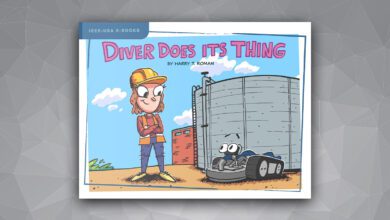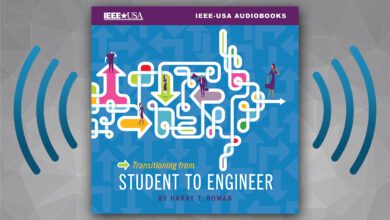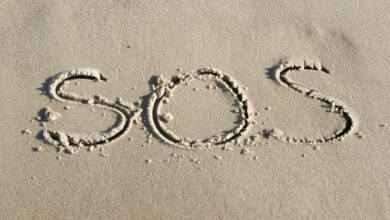
Tugboats are the workhorses of our complicated food and supply chain and of international commerce. Cargo ships need them to dock and to leave harbor safely; tugboats also push and pull barges from port to port carrying a wide variety of cargoes and shipping containers. In emergencies, salvage tugs — a particular design of tug — brave dangerous conditions to save vessels in distress, and by so doing save lives and often prevent serious ecological harm.
The modern tugboat is a technological marvel of control, communication, and information. Recently I had a chance to go aboard a working harbor tugboat (76ft LOA, 4,200 HP, 170 GW tons) to view it from deck to pilothouse as her crew put it through its paces. Even before her first steel plate was laid, she was a marvel of mathematical modelling and computer-aided design. Some of her most dazzling technology is below the waterline, and few people even see it. Instead of a conventional propeller and rudder, modern tugs use one, or sometimes two, azimuth drives, referred to as Z-drives. The rudder itself is dispensed with. Z-drives consist of a propeller usually surrounded by a protective fairing, in which the entire pod can be rotated through 360 degrees. Suspended below the aft deck, Z-drives maneuver a vessel similarly to enormous outboard motors, and allow much more dexterous steering than a conventional propeller-rudder combination. Tugs with Z-drives, even quite large ones, can spin in their own length or ‘parallel park’ a tanker or a string of barges. Because the Z-drives themselves are driven by electric motors, powered in turn by a diesel generator, they are much more efficient than a conventional diesel-driven propeller powerplant. (A 3,000 HP Z-drive tug can replace a 4,000 HP conventionally-driven one.). The absence of propeller shaft(s), gearing, rudder lazarette, etc. saves space, weight, maintenance, and (a lot of) noise and vibration. For crews working and living below deck, this is an enormous benefit. Best of all, eliminating rudder drag results in considerable fuel savings (28% according to a study by the Shearer Group of naval architects).
Up in a tugboat’s pilothouse, the technology really shines. Angled glass windows allow virtually 360-degree vision. The person doing the steering (usually, but not always, the captain) sits in a chair that evokes on the set of “Star Trek,” and controls the Z-drives with a set of joysticks. These allow fingertip precision. Multiple movable computer screens show scrolling charts, radar, depth soundings, engine room displays, weather, and information about arrival and departure times of ships. There are multiple communication devices to keep the tug in contact with the navigational officers aboard the vessels the tug might be pushing/towing, as well as with the harbormaster, the Coast Guard, and the tug company’s home office.
Fundamental to communications afloat, tugboats use the traditional pattern of lights on their masts and at their sterns to indicate whether they are towing, and some information about the tow itself. For example, two white lights on the tug’s mast, and a yellow towing light above the tug’s white sternlight warns other mariners that there is a vessel (carrying specific lights) being towed or pushed. If the length of the tow exceeds 200m, then the tug will display three lights on its mast. This prevents another vessel from assuming that the tug and the towed vessel are two separate ships, and possibly steering into the darkness between them or crossing and cutting the tow line. Whistle signals are used to indicate maneuvers, such as one short blast means “I am altering course to starboard.” Light signals (one short flash) and signal flags (e.g. “E” Echo) sometimes supplement the whistle signals.
Depending on the geography of the port, an arriving freighter or tanker typically meets its docking tug or tugs approximately two nautical miles from the dock. The docking pilot comes aboard the ship being docked, and the river or harbor pilot who has handled the approach disembarks. The tugs press against the ship’s hull at pre-designated points, usually marked either with downward-pointing arrows painted on the hull, big white or red rectangles, or sometimes simply “TUG.” The tug(s) might or might not be attached to the ship with lines. The docking pilot, in communication with the captains of the tug(s) by radio from the bridge of the ship being docked, coordinates inputs from the docking ship’s propeller and rudder, and the engines of the tugs to maneuver the ship into the dock. A Suezmax * tanker might weigh as much as 200,000 tons; with variable factors such as wind and tide, and sometimes fog, in effect, this takes enormous precision and skill…and a lot of tugboat tech.
* “Suezmax” and “Panamax” designate the maximum dimensions of ships able to transit the Suez and Panama canals. “Aframax” refers to Average Freight Rate Assessment, which is a method for calculating shipping rates for ships between 80,000 and 120,000 deadweight tons.






